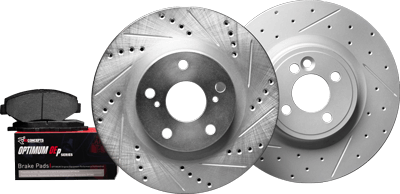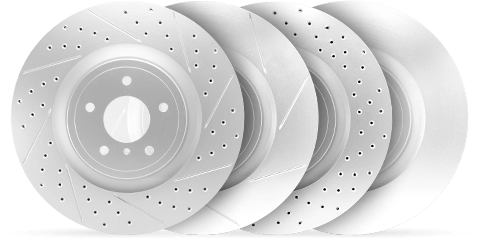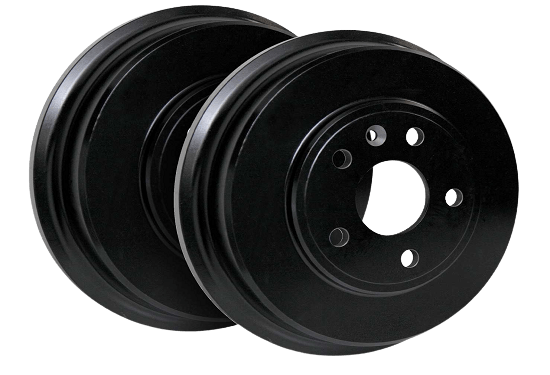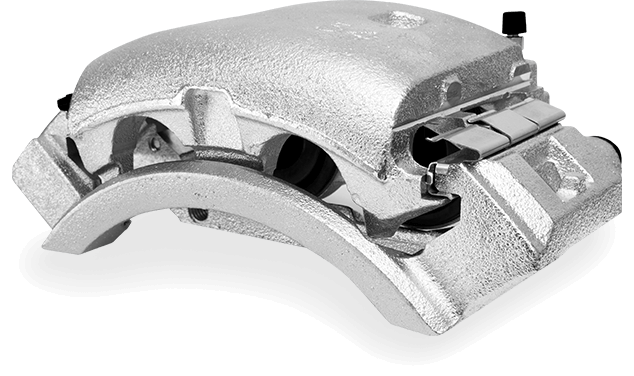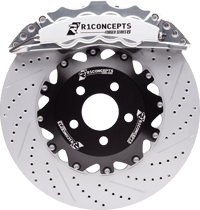Pushing down the brake pedal engages a remarkable process that brings your fast-moving vehicle to a complete stop. But what exactly unfolds beneath the surface? This article explains how disc brakes work.
Key Takeaways
Disc brakes function by converting the force from the brake pedal into hydraulic pressure, which in turn engages the brake calipers and brake pads, creating friction to slow down the vehicle.
The disc brake system comprises essential components like calipers, brake pads, and rotors, all of which interact to provide the stopping power, with calipers applying the clamping force, brake pads generating friction, and rotors dissipating heat.
Regular maintenance of brake fluid is critical as it is the lifeblood of the hydraulic system; it transmits hydraulic pressure and should be replaced every two years or 25,000 miles to ensure reliable braking performance.
How Disc Brake Works (The Shortcut)
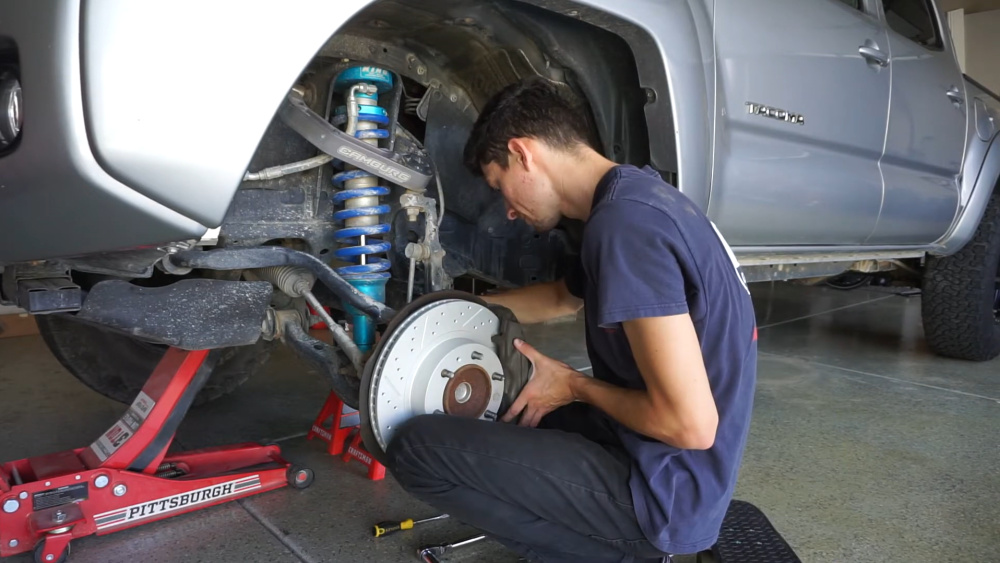
Let’s now consolidate our understanding of the disc brake system. When you push the brake pedal, the following steps occur:
Hydraulic fluid is pressurized in the brake lines.
The calipers clamp the brake pads against the rotating disc (rotor).
This friction slows down the wheel and the vehicle.
This process is like an orchestra where each instrument plays its part to create beautiful music. When you step on the brake pedal, it’s like the conductor raising their baton. This simple action starts a chain reaction: the master cylinder boosts the pressure of the brake fluid, which races through the brake lines like musicians waiting for their cue. When this high-pressure fluid reaches the calipers, it’s showtime – the calipers use this energy to press the brake pads against the spinning disc (rotor), just like a drumbeat in perfect time, slowing everything down to a halt.
The process of braking involves several components working together:
The brake pads, held in place by the calipers, are then pushed against the rotor.
This action generates friction, which slows down the rotation of the rotor and, consequently, the wheel.
The result? Your vehicle comes to a smooth and controlled stop.
The Mechanics of Disc Brakes (The Detailed Explanation)
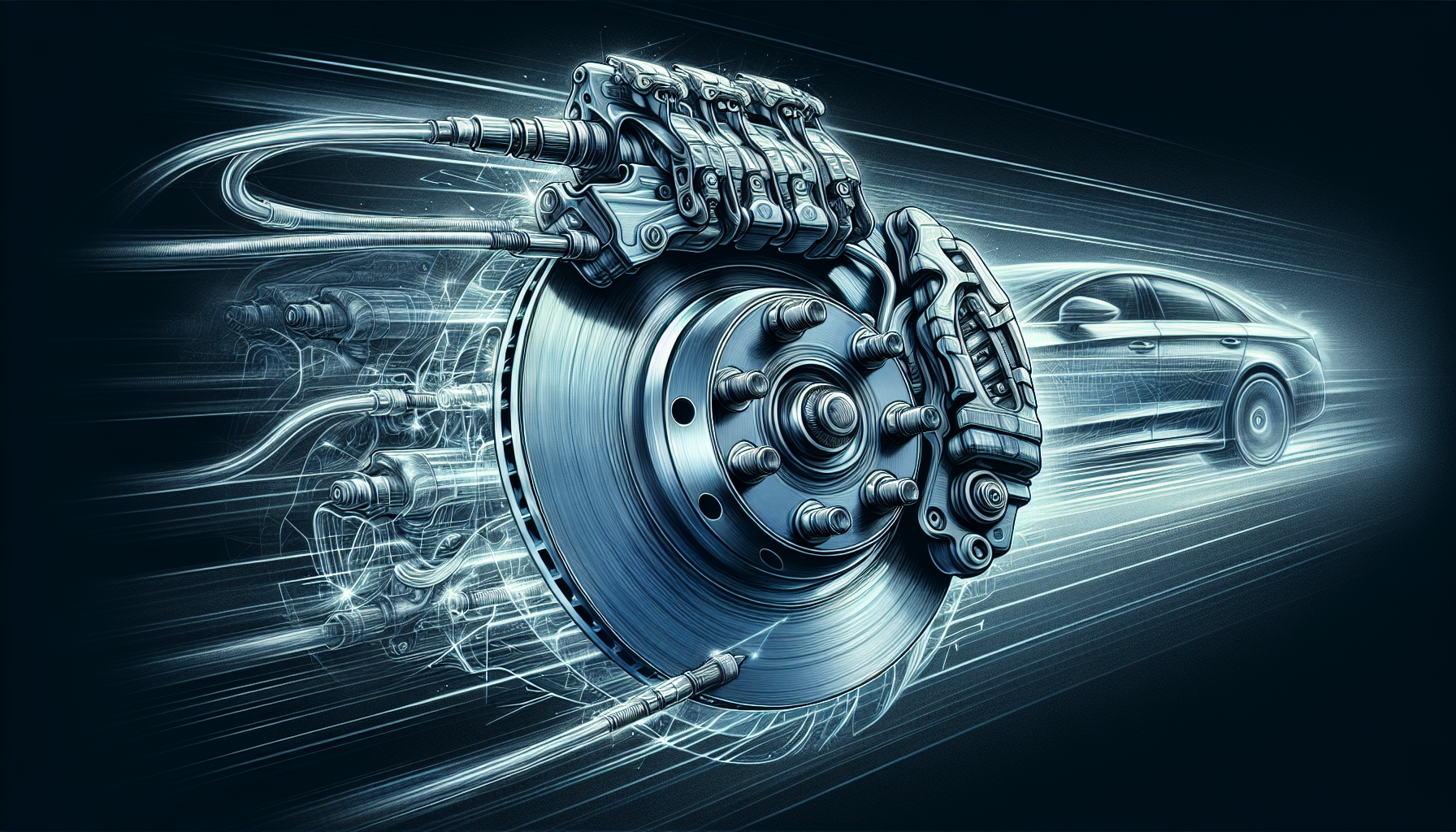
The disc brake system is a key part of modern vehicles, ensuring your safety on the road. When you press the brake pedal, it starts a chain reaction that slows your car down. Disc brakes are more common than the older drum brake design because they work better.
The Role of the Brake Pedal and Hydraulic System
The braking process is a symphony of components working in harmony, and it all starts with the brake pedal. When you press the brake pedal, it pushes hydraulic fluid through the system, setting off a series of actions that ultimately activate the brake calipers. The brake lever plays a crucial role in this process, as it is the point of contact between the driver and the braking system.
The master cylinder is a key part of the brake system. It takes the force from the brake pedal and turns it into hydraulic pressure. This pressure is crucial because it:
Turns on the brake calipers
Pushes the brake pads together
Makes the brake pads rub against the rotors
Helps slow down or stop the car
These steps are all important for the brakes to work properly and keep you safe.
This hydraulic pressure is then converted into mechanical force by the master cylinder, which travels through the brake fluid to push the pistons and apply the brake pads against the rotors. This sets the stage for the engagement of brake pads, where the real magic begins.
From Fluid to Force: How Calipers Engage Brake Pads
The brake calipers act as the translating agents in this braking story. As the fluid from the master cylinder rushes into each of the calipers, hydraulic pressure is converted into mechanical force. The caliper pistons, working like the pistons in an engine, play a pivotal role in this translation process.
Once the caliper pistons receive pressure from the brake fluid, they spring into action. They push the brake pads against the rotors, clamping them from both sides. This clamping action creates the frictional force necessary to slow down or stop the vehicle, marking the climax of the braking process.
Anatomy of the Disc Brake System
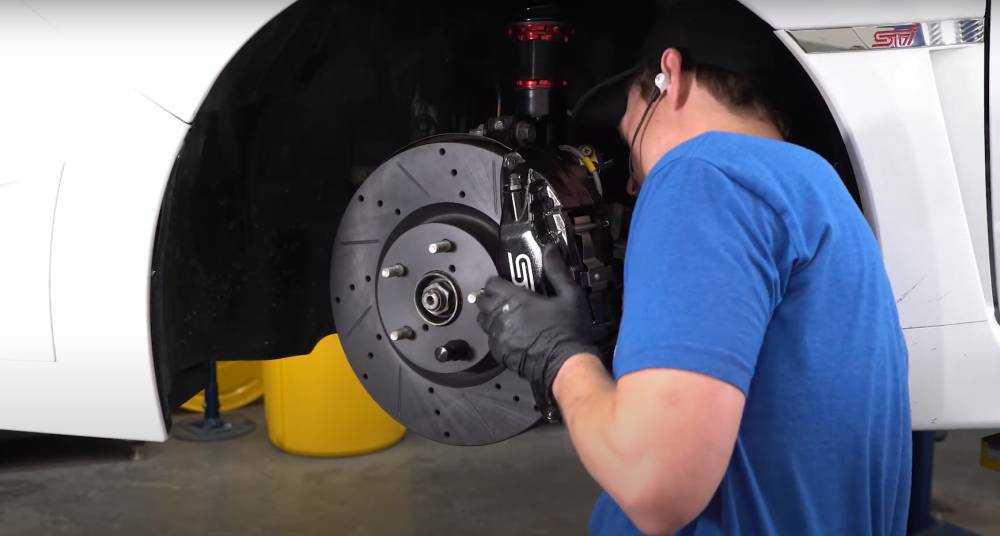
Now that we’ve understood the broad mechanics of disc brakes let’s go deeper into the critical components that make this system work. The disc brake system is made up of various parts, each playing a crucial role in bringing your vehicle to a safe stop.
The primary components of a disc brake system are:
Calipers: They hold the brake pads and push them against the rotor, creating friction.
Brake pads: They are pushed against the rotor by the calipers to slow down the wheel.
Rotor: It is a spinning disc attached to the wheel and is clamped by the pads to slow down the wheel.
But what are these components made of? Rotors, for instance, are made from materials such as cast iron or a composite of steel and cast iron to withstand the high temperatures and friction created during braking. Let’s explore these components in more detail.
Brake Calipers: The Clamping Powerhouses
Brake calipers are the heart of the disc brake system, as well as an essential component for rim brakes, specifically rim brake pads. They house elements such as:
Brake pads
One or multiple pistons
A bleeder screw
A rubber piston seal
A dust boot
Anti-rattle clips
These components work together to apply the necessary clamping force on the rotor.
Calipers come in different designs, including the opposed piston type, which have pistons on both sides of the rotor, and the floating type, which feature pistons only on one side. These designs have varying levels of clamping force and capability for heat dissipation.
The difference between single-piston and multi-piston calipers lies in their ability to distribute clamping force across the brake pad’s surface. Multi-piston calipers can distribute the clamping force more evenly, resulting in more efficient braking.
Brake Pads and Rotors: Friction at Work
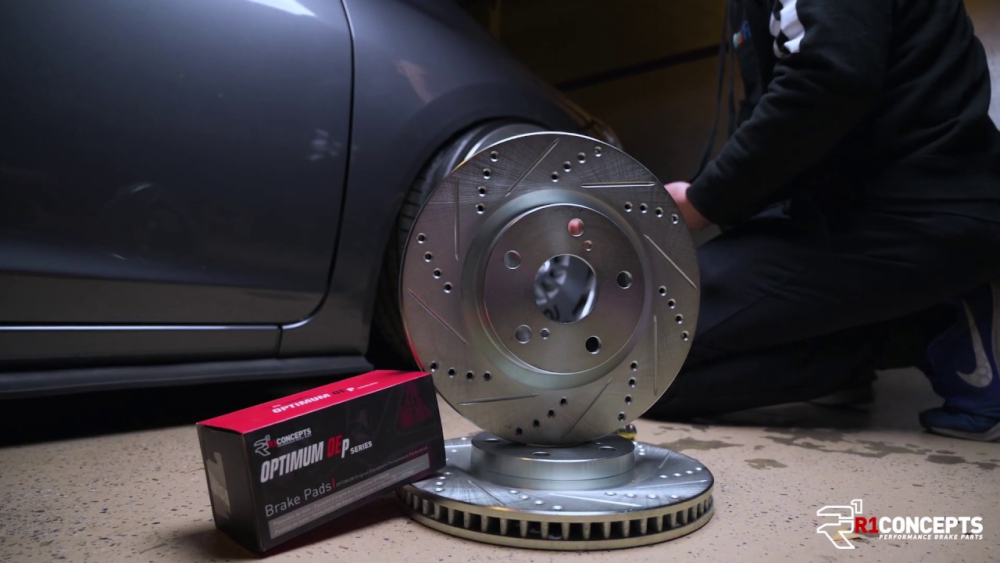
The brake pads and brake rotor are where the action happens in the braking process. When the brake pads are pushed against the rotor, they generate friction that transforms kinetic energy into thermal energy, facilitating the slowing or stopping of the vehicle.
Brake pads, including disc brake pads, come in various types, each with its unique advantages. Ceramic brake pads, for instance, are excellent at absorbing heat, although they require a higher operating temperature to achieve optimal effectiveness. Low-Metallic NAO brake pads include metal to enhance heat transfer capabilities, but they produce more noise and dust.
Rotors play a crucial role in heat dissipation during braking. Some key points to note about rotors are:
Vented rotors offer greater surface area than solid rotors
This enables them to dissipate heat more efficiently
Vented rotors can reduce the risk of brake fade
The Essential Brake Fluid: A Closer Look
The brake fluid is the lifeblood of the hydraulic braking system. When the brake pedal is depressed, the master cylinder exerts hydraulic pressure using brake fluid to engage the wheel brakes.
Regular maintenance of brake fluid is crucial for the reliability of the braking system. Brake fluid should be flushed and replaced approximately every two years or 25,000 miles to maintain optimal performance. A spongy or less responsive brake pedal could signal that brake fluid has degraded and may require replacement.
The efficiency of brake fluid in transmitting hydraulic pressure is heavily influenced by its properties, including a high boiling point and stable viscosity. These properties ensure the fluid can perform under various operating conditions and temperatures.
Summary
In this journey of understanding disc brakes, we explored the mechanics of the braking process, the role of the brake pedal and the hydraulic system, how calipers engage brake pads, and the anatomy of the disc brake system. We also took a closer look at the role of brake fluid in the braking process.
Understanding the nitty-gritty of the disc brake system not only enhances our appreciation for the engineering marvel that it is but also equips us with knowledge that can help us better maintain our vehicles. It’s this knowledge that empowers us to ensure our brakes are always in top condition, keeping us safe on the roads.


